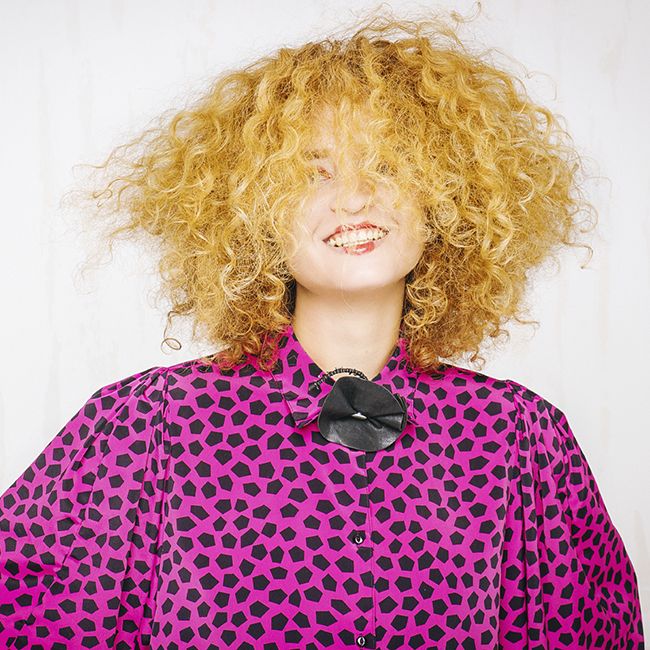No matter how damaging we know bleaching can be for our hair, many women still throw caution into the wind and go for it anyway. It seems like the perfect way to bring in a new season. No one says you have to go it alone so enlisting the help of a professional is a great idea. That does not mean the outcome will be successful or completely free of damage. Bleaching is a harsh technique on any hair type but curly hair tends to suffer the most. We frequently get questions from Curly Q&A on how to fix damaged hair from bleaching just like Savemycurls2016.
Question
My hairdresser has burnt my hair. My curls are fried & gone. How do I save my hair/get my curls back? She has bleached my hair so much that it’s broken off. It’s no longer curly but just fried. It looks like it was cut with a whipper skipper (lawn cutter”>. I used to have thick strong hair and now it’s not. What do I do?
Answer
Sorry to hear what has happened but fret not, as you are far from alone and there are ways to lessen the damage as well as bring your texture back to life either through DIY, OTC, or a combination of both. First, let’s discuss what bleaching is, what it does, and what you can do when it fires your strands.
What is bleaching?
Bleaching removes color from the hair by oxidation, and oxidation decolorizes the pigment in the hair shaft. This is why if left on too long it will turn the hair white. Bleaching is the most damaging of all the coloring methods and should be done professionally. Ammonia and hydrogen peroxide are the most common agents used in bleaching the hair. Bleaching raises the hair’s cuticle and allows the bleaching agent to fully penetrate the hair shaft. The actual amount of damage depends on the amount of color change. Going from a dark color to a light shade is more hazardous, as the bleaching agent is stronger and left on longer.
What does it do to your hair?
Expect your hair to drastically change after bleaching. Often women who bleach complain about hair turning rough and dry, but bleached hair is not limited to that. It can become straight (if curly”>, flat, or even brittle. The bleaching process strips the last drop of moisture from your strands as the cuticle is lifted to remove the pigment, transforming your strands to high porosity. Forget trying to revert back to your old color, as that is not going to happen. Your only option is to let it grow out.
What can you do if you incur bad damage after bleaching your hair?
First, let’s address bleaching itself. The process itself is damaging but everyone’s hair responds differently depending on the prior state of the hair, application, and maintenance. Some have minimal damage while others have severe and every variation in-between. The object when it comes to bleaching is to properly prepare your hair prior to the bleaching. Always ensure your hair is at its optimal health so you start with a great foundation.
Second, if you are experiencing dry, brittle hair with excessive breakage, it is likely you need a haircut. It is better to start growing your hair out with a nice shape than to have continuous breakage with uneven ends and no length retention. In the meantime, here are things you can change in your regimen.
Cut down on shampooing
Your hair is fragile from damage and that extra friction from shampooing is not going to help. You also do not need the added removal of natural oils that some shampoos (especially ones with sulfates”> are designed to remove. Do not eliminate shampoo from your regimen, but consider using gentler cleansing options like sulfate-free shampoos or oat water and possibly rotating a cleansing conditioner.
Steer clear of heat styling tools
We are trying to keep the moisture in and those types of tool tend to remove them.
Alternate between deep conditioners and protein treatments
Your cuticle has been damaged, making it more vulnerable to damage. Proper moisture-protein balance is essential. Strengthening the cuticle will help with moisture retention. It will take trial and error to find which products and frequency works for you. You can also try hot oil treatments with olive oil, coconut oil, or avocado oil to penetrate the hair shaft and rejuvenate your strands.
Read more: The Must-See Guide to the Best Protein Treatment for Your Hair

